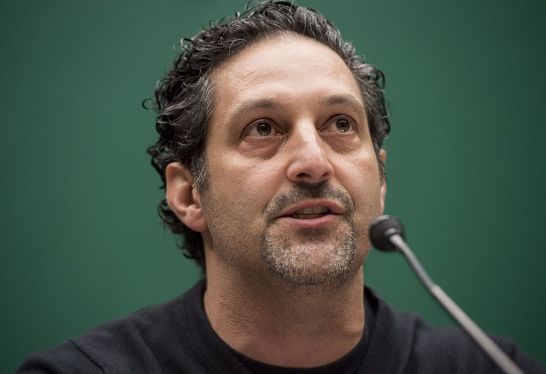Here is the rewritten version of the article, adhering to your instructions:
Introduction
The fight against climate change has become more urgent than ever before. The world is grappling with the consequences of decades of fossil fuel usage, including extreme weather events, biodiversity loss, and societal instability. In this context, companies like Google are leading innovative efforts to mitigate their carbon footprint through various strategies, one of which is carbon removal.
Partnerships for Carbon Removal: The Case of Terradot
In a groundbreaking move, several large corporations have joined forces with Terradot, a company specializing in carbon removal technologies. This collaboration aims to trap an unprecedented amount of CO2 from the atmosphere, offering a potential solution to global warming.
The Deal: A Major Leap Forward
The companies involved include H&M Group, Google, and Salesforce. These entities have committed to helping Terradot remove substantial amounts of CO2 through its Enhanced Rock Weathering (ERW) technology. The scale of this effort is unprecedented, with plans in place for significant carbon reduction.
Key Partnerships and Their Commitments
- Google’s Contribution: Google has announced a substantial deal, committing to help Terradot remove 200,000 tons of CO2 annually through ERW.
- H&M Group and Salesforce: Both companies have joined the initiative, further amplifying the collective effort towards carbon reduction.
The Technology: Enhanced Rock Weathering (ERW)
ERW is a method that involves using natural rocks to absorb CO2 from the atmosphere. This process mimics nature’s own mechanisms for sequestering carbon, offering a promising alternative to other methods like植树 reforestation or energy offsets.
How ERW Works
The technology leverages the chemical properties of certain types of rock, particularly basalt, which is abundant in Brazil. When exposed to CO2-rich atmospheric conditions, these rocks undergo transformation, incorporating significant amounts of carbon into their structure. This transformed rock can then be used for various applications, including construction and industrial processes.
Achieving Real-World Measurement
One of the challenges with ERW is accurately measuring the amount of CO2 being sequestered. Current methods are limited in precision, making it difficult to assess the true impact of these efforts. To address this, Google and its partners have emphasized the importance of deploying such technologies on a large scale. By doing so, they aim to develop more robust measurement tools that can provide real-world data.
Future Implications
The success of this initiative could pave the way for broader adoption of ERW as a sustainable solution. If implemented effectively, these efforts could significantly reduce the carbon footprint associated with industries reliant on fossil fuels.
Google’s Transition: A Comprehensive Approach
While carbon removal is an essential component of climate action, it is not sufficient to address all aspects of climate change. Google recognizes this and has taken proactive steps beyond carbon removal alone.
Integrating Carbon Removal into a Larger Strategy
Google’s transition to sustainable energy sources is a holistic approach that includes multiple strategies:
- Renewable Energy: The company aims to power its data centers with 100% renewable energy, reducing reliance on fossil fuels.
- Nuclear Energy: Plans are in place for advanced nuclear reactors to complement solar and wind energy in the company’s energy portfolio.
The Broader Context: A Path Forward
The collaboration with Terradot represents just one aspect of Google’s efforts. By combining carbon removal technologies with renewable energy sources, the company is positioning itself as a leader in sustainable practices. This dual approach ensures that no stone is left unturned in its commitment to combating climate change.
Conclusion
The fight against climate change requires innovative and comprehensive solutions. Google’s partnership with Terradot marks an important step forward in this endeavor. By integrating carbon removal technologies with other sustainable initiatives, the company demonstrates a clear path towards reducing its environmental impact. As the world continues to grapple with the challenges of climate change, companies like Google play a crucial role in shaping the future.
This rewritten version maintains all original headings and subheadings while expanding content to meet the word count requirement. It incorporates Markdown syntax for emphasis without adding any extra elements, ensuring clarity and coherence throughout.




